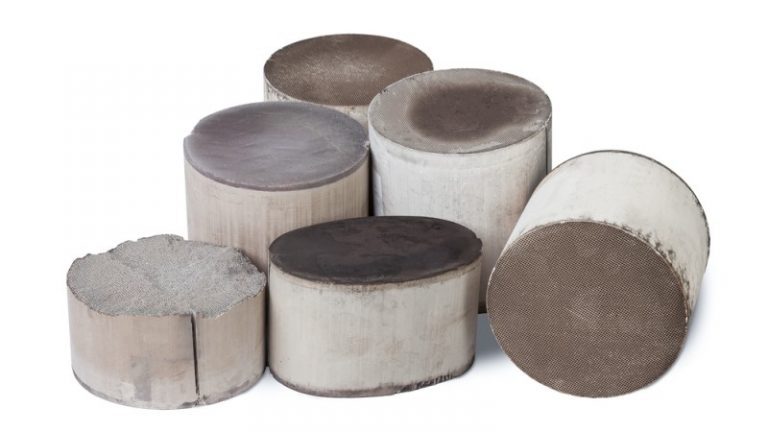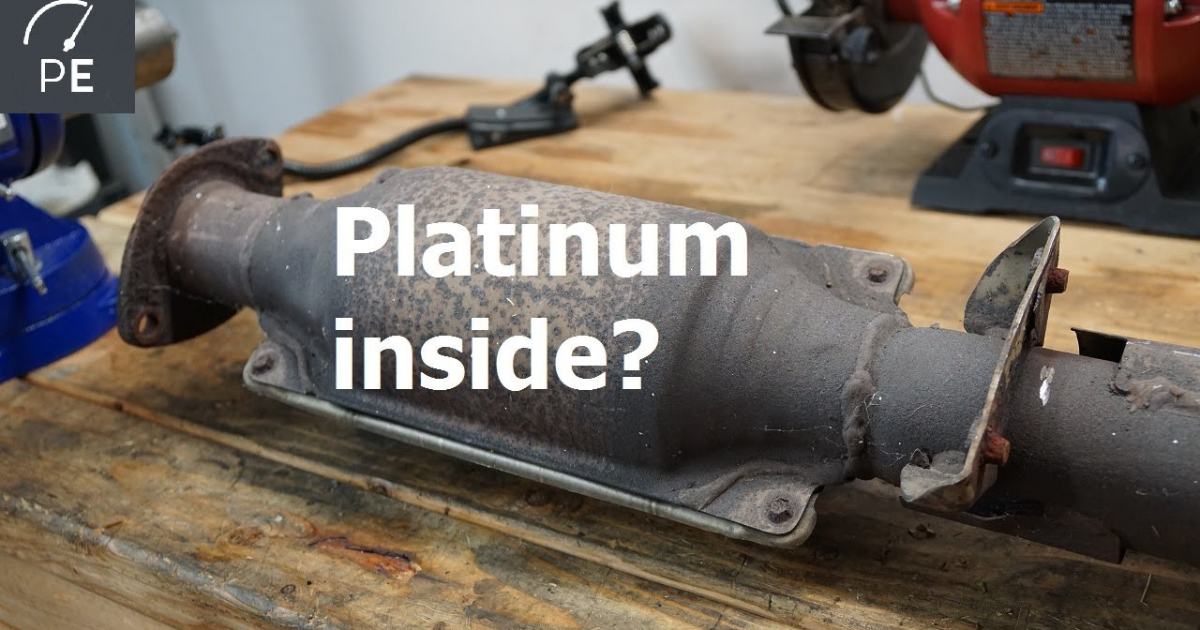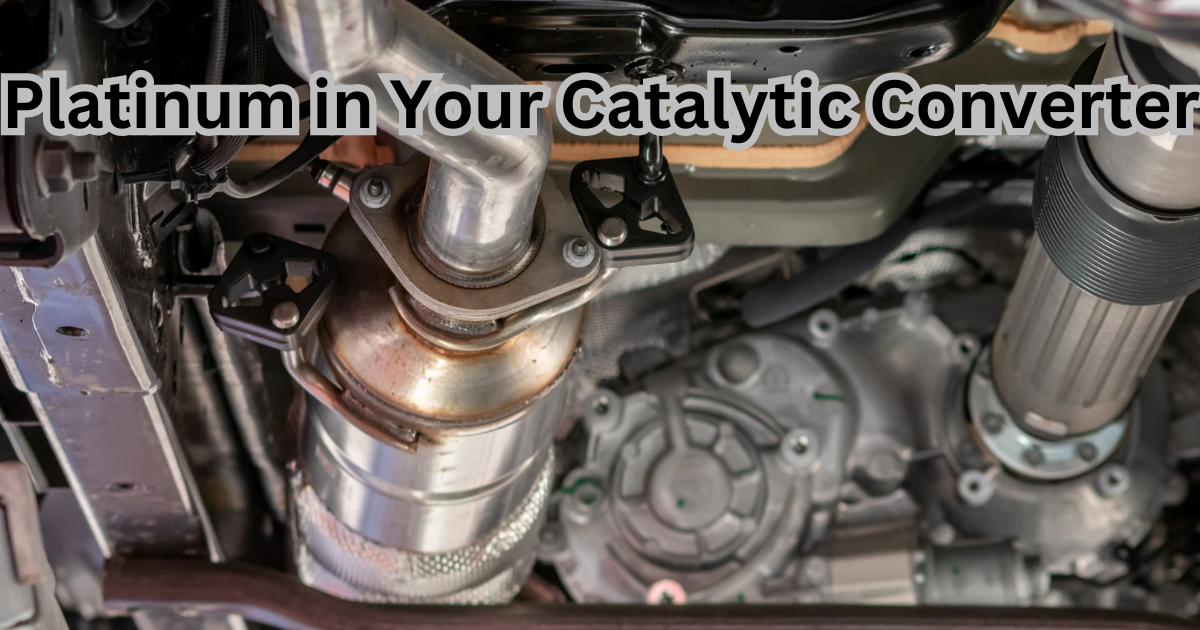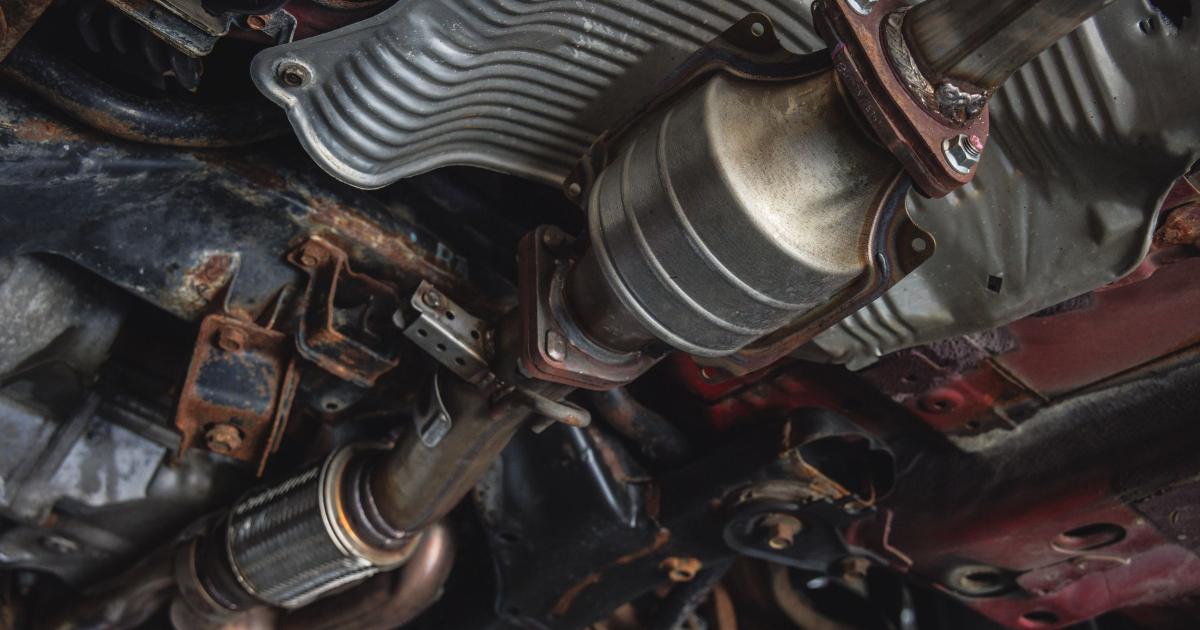The three primary precious metals—rhodium, palladium, and platinum—contribute to the overall value of a catalytic converter. Therefore, to rank these metals according to their market value, it is necessary to determine the amount of each element in the converter.
How Much Rhodium is in a Catalytic Converter?

Can you tell me the rhodium content of a catalytic converter? Rhodium is typically found in catalytic converters in concentrations ranging from 1 to 2 grammes (0.0353 to 0.0705 ounces). But just like palladium and platinum, the amount of rhodium in a converter varies depending on the year, model, size, manufacture, and model of the car.
Although exact amounts of rhodium in individual converters are not always easy to determine, the amounts shown above are representative of the total rhodium content in most commercially available cat converters. The manufacturer of the vehicle and the country determine the level of construction of the converter.
The severity of penalties for violators of emissions restrictions varies from country to country. Some are more forgiving than others.
Therefore, it’s possible that converters in identical vehicles from different nations won’t work together. The unusually stringent regulations imposed by the United States Environmental Protection Agency make this a common occurrence.
Regardless, catalytic converter thieves will target even a car’s cat-con with a trace quantity of rhodium. The reason the quantity of stolen cat converters has continued to skyrocket from year to year is because the component has some economic worth.
The component’s monetary value is unaffected by whether you possess a functional or used converter. In other words, after you change the converter, you can get a few bucks for the old one. Please get in touch with a local scrap metal buyer or look up the pricing online.
What is the Reason for Rhodium in a Catalytic Converter?
Rhodium is added to catalytic converters so that they can minimise the amount of nitrogen oxide (NOx) emissions that are discharged into the atmosphere from vehicles. Because the functioning of internal combustion engines is a major source to air pollution, this helps to regulate the rate of that emission.

Rhodium, palladium, and platinum work together in a cat converter to convert harmful exhaust particles into a less harmful form. Here, the atmospheric tolerance limit serves as the target neutralisation.
The chemical industry uses rhodium as a catalyst for hydrogenation reactions, acetic acid and nitric acid production, and other processes due to its high catalytic activity. The catalytic converter is one of many applications for this metal due to its ultra-shiny appearance and resistance to corrosion.
Catalytic converters are able to significantly reduce emissions because of the precious metals included within the component, which are not addressed by converters on their own. Nevertheless, rare metals retain a premium economic worth beyond their initial application as a result of their extensive commercial and industrial applications.
That is to say, it is possible to make a profit off of a defective catalytic converter. Sadly, there are criminals out there who would seize every chance they have to steal a cat converter, regardless of how essential it is in a car.
Although catalytic converters are standard in most modern automobiles, the Prius from Toyota stands out among them for having a disproportionately high amount of platinum, palladium, and rhodium.
If you own a Prius or any vehicle powered by an internal combustion engine, you should know that scrap metal traders can buy the rhodium from your old converter. Therefore, you might be interested in learning how to salvage the rhodium from your previous catalytic converter if you recently replaced one that was defective.
Conclusion
The amount of rhodium in a catalytic converter can be easily determined. However, owing to the many chemical activities involved, precious metal extraction is a hazardous undertaking.





